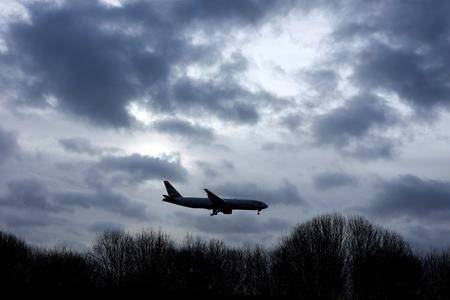Incoming new rules for drone operation in Canada are designed to help buck a growing global trend of incursions into space reserved for air travel.
This was according to government officials, as tens of thousands of travellers in Britain grappled with the fallout of the largest such incident to date.
Canadians were among those stranded at London’s Gatwick Airport, which effectively shut down for 36 hours after drones were spotted buzzing the runway.
The prospect of a deadly collision between what police described as industrial-grade drones and an airliner led authorities to stop all flights in and out of Britain’s second-busiest airport on Thursday. While flights had resumed by Friday, officials said more delays and cancellations were expected.
Government agencies around the world, including Transport Canada, have documented a spike in the number of incidents posing a risk to aviation safety in recent years.
The federal agency said tighter regulations that would impose age limits, knowledge tests and registration requirements on all drone operators are set to come into effect in 2019 and will hopefully curb the trend.
“The number of reported incidents more than tripled from 38 when data collection began in 2014 to 135 last year,” Transport Canada said in a statement, adding the 2018 figure stood at 95 as of Nov. 30. “This brings with it increasing threats to the safety of Canadian airspace and to the safety of people on the ground.”
Canada and several other countries already have rules in place mandating minimum distances between drones and airspace, with guidelines changing based on the size and classification of the drone.
Existing rules impose few limits on those wanting to fly drones weighing less than 35 kilograms for recreational purposes and no special permissions are necessary, but Transport Canada offers some guidelines for safe operation. These include flying drones less than 90 metres above the ground, staying at least 5.6 kilometres away from airports and 1.9 kilometres away from heliports.
Violating those rules, the agency said, could result in fines of up to $3,000.
Michelle McQuigge, The Canadian Press



